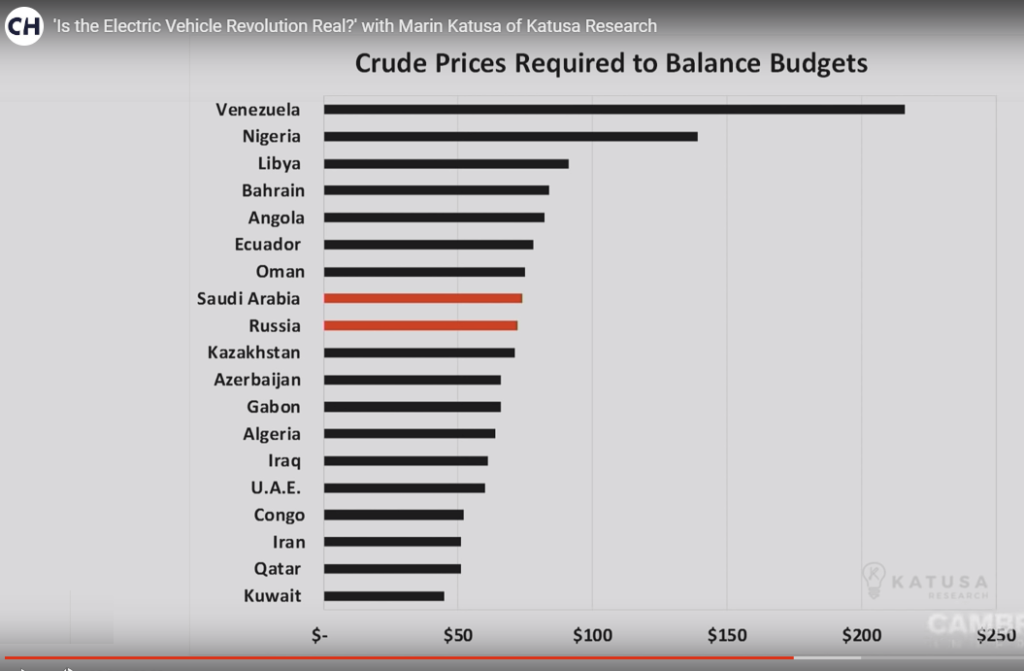The answer is very simple. Stop committing the logical fallacies of false cause and confirmation bias.
False cause is presuming a connection when there is no evidence to support it. In the scientific community, we describe this by saying “correlation is not causation.” I.E., just because two things may be correlated, doesn’t mean one causes the other.
The AGW movement commits false cause largely with the insistence that manmade co2 is driving rapid climate change. Its just not. Let me explain.
Looking at co2 and temp levels prior to the industrial revolution, we see that Co2 has always followed temp change for the last 600,000 yrs of data we have. By an average of 800 years.
Co2 is historically released as the planet warms, not the other way around. Let me be specific and ultra-clear here. All throughout the last 600,000 years we have ice core data for, the planet does not warm up because co2 is released, co2 is released because the planet heats up. Something else caused the climate to change first, and it wasn’t co2. Co2 therefore, has never driven temperature. If it has never driven temp in the past, there is no reason to think it does now.
If you look at the entire time span at once, it looks like Co2 and temperature rise and fall together, a fact Al Gore exploited for his movie. But if you look at the data on a tighter time scale, Say 10K years at a time, you see that Co2 rise lagged behind temp rise by an average of 800 years. This is true for the last 600K yrs.
CO2 has never driven climate in the past, and if not, then why do you think it would drive climate now? What scientific evidence is there really? Yes, Co2 went up dramatically last century, and temp went up a little, but does that really mean there is correlation? or causation? Literacy rates worldwide went up last century as well. Does reading books cause global warming too? This is the false cause fallacy.
Now lets look at after the industrial revolution, since that’s what all the hubbubs about.
There STILL just isn’t the temperature and co2 correlation that people think there is. The earth was warming from the late 1800′s till 1940, even though there were very few industrialized countries and mans worldwide production of co2 was insignificant. If Co2 levels were virtually unchanged, why the warming?
After 1940, when worldwide production of co2 exploded after ww2 and worldwide industrialization kicked into high gear, temps went down for 35 years, prompting fears of an ice age. If Co2 was suddenly and massively increasing, why the cooling? In the 1970′s, even though co2 production was increasing at a steady rate, the cooling trend reversed itself and started to climb. With no significant change in Co2 production, why the switch from a cooling trend to a warming trend?
Now, even though co2 production is still increasing and higher than ever, the warming trend stopped and temps remain statistically stable since 1998. If Co2 is going up why the change in the trend again?
My point is, what temperature has done over the last 200 yrs and the slow steady increase in co2 levels for the last 200 yrs do not correlate at all. Not on a yearly or even a decadal basis. Co2 has never been shown to drive climate in the past. Yet, there are many points in earths history where co2 levels have been higher, temps have been higher, ocean levels have risen faster than they are today. AGW alarmists conveniently forget to tell you that the temp has slowly been increasing for about 11k years now, since the last ice age. But that wouldn’t help the narrative, would it?
All they have……..and I mean the ONLY evidence they have is the very weak correlation that after a certain, arbitrary period of time, (the last 200 years) temp is up a little and co2 levels have increased. In the last 200 years co2 has gone form .02% of the atmosphere to .04% of the atmosphere and the temp has gone up about 1.5 deg C. They choose this 200 year period because if they go back any further, co2 and temp start doing things that the AGW cant explain. But even WITHIN the 200 yr time period, what temp and co2 does are not correlated with each other. They don’t want you to look at any of that. they only want you to focus on temp and co2 are slightly higher after this particular period of time, nothing else. False Cause.
Confirmation bias is all around you. “The tendency to search for, interpret, favor, and recall information in a way that confirms one’s preexisting beliefs or hypotheses, while giving disproportionately less consideration to alternative possibilities.”
When its cold, its AGW. When its hot, its AGW. When its a flood, its AGW. When its a drought, you guessed it, its AGW. No other possibilities are even remotely considered. We are flooded with “news” stories every day that say things like “scientists predict could be underwater by 2030.” Stories are full of could be’s and might be’s and probably’s, but its all passed of as if its legitimate science. They forget that they’ve been making gloom and doom predictions for 30 years now and none of them came true. it has the veneer of science but none of the substance.
yes, the earth is getting warmer. No, this is not the fastest it has ever warmed. All around you will see news stories related to a warming planet, and this is presented as evidence of AGW. but its not. If rain patterns shift due to a warming planet, that is proof the planet is warming. it is not proof that man made co2 caused the warming. But you will see this passed off as evidence that it is. Go through your favorite news source and look at the articles related to GW. They will all provide evidence that the planet is warming, and this will be used to prop up the AGW theory, that man made co2 is causing the warming. But its not evidence of that at all. its just evidence that the planet is warming, it proves nothing about the cause. Confirmation Bias.
Lastly, if you want republicans to pay attention, let the science speak for itself. If climate science is so settled, why should it fear a little debate? The competition and evidence of competing ideas is the cornerstone of the scientific process, something I fear those firmly entrenched in the AGW camp have forgotten.
Why the urge to clamp down on alternate views? They want to make denying AGW a crime. Seriously?
The more people treat AGW like a religion, the more they use terms like “denialist” and “heretic,” the more they try to end all discussion, the more they try to tell you the case is closed when their own facts and data models don’t match what they say is going to happen………….well frankly, the more red flags that sends up and the more people start to question.
Climate science is not faith. Its supposed to be science. If it cant withstand competing ideas, if it cant withstand alternate explanations, then the science probably isn’t very good and it sure as hell isn’t settled. Science is NEVER settled and when they repeat that it sounds very much like the Wizard of Oz insisting that no one look behind the curtain. But that just makes us want to look even more.

























